In April, British Prime Minister Theresa May called for a general election three years ahead of schedule, a bold move aimed at strengthening her party’s hold and cementing her position after taking over from David Cameron who resigned last June after the results of the Brexit referendum.
In order for her to remain Prime Minister, her party, the Conservatives (or Tories) needed to win at least 326 seats in the parliament of a total of 650 seats. However, she fell short of that as the Tories won only 318 seats, eight short of having a clear majority and 13 less than what they previously held.
This means that no party holds a clear majority in the parliament, with opposition Labour with 261 seats, and the remaining 71 shared among the Liberal Democrats (12), the Scottish National Party (35), Democratic Unionist Party (10), Sinn Fein (7), Plaid Cymru (4) and Green Party (1).
This phenomenon is known as a hung parliament, and in order to form a government, a coalition has to be formed. For now, the Cabinet Manual, which lays out the rules and norms of the British government allows Mrs. May to still be the prime minister until the first meeting of the new parliament which is next week. However, this is also dependent on the support of her own party.
In the meantime, she will attempt to form a coalition government by offering other parties cabinet seats, or in the more likely situation, allying with smaller parties for their support in exchange for supporting policies they are passionate about, a horse-trading known as “confidence and supply.”
In the context of the defining political issue that has dominated Britain since last June, which is the Brexit referendum where Britons voted to leave the European Union, Mrs. May has decided to form a new government with the help of the Democratic Unionist Party.
However, if she is still unable to get the support of a majority of the parliament members, she will then have to resign and the Labour Party, by virtue of being the second-largest party in the Parliament will try to form its own government.
The Labour Party can be expected to operate by the same playbook, and try to do a “confidence and supply” deal with smaller parties. In their own case, their likely partners will be the Scottish National Party and the Liberal Democrats, both of whom are even more opposed to Brexit than Labour and will use it as a bargaining chip.
If they succeed, then Jeremy Corbyn, widely seen as a far-left radical by critics, will become the next President, a scenario that was unforeseen at the start of the campaign.
The last time a general election produced a hung parliament was in 2010, which was also produced the first coalition government since the World War II, led by David Cameron, a Tory with the Liberal Democrats as the junior partners in an awkward alliance considering how they differed on many issues.
That coalition lasted until 2015 when the Conservatives won an outright majority of 331 seats to form a government all by itself.
The coming days and weeks will be interesting to watch in British politics.





Leave a reply